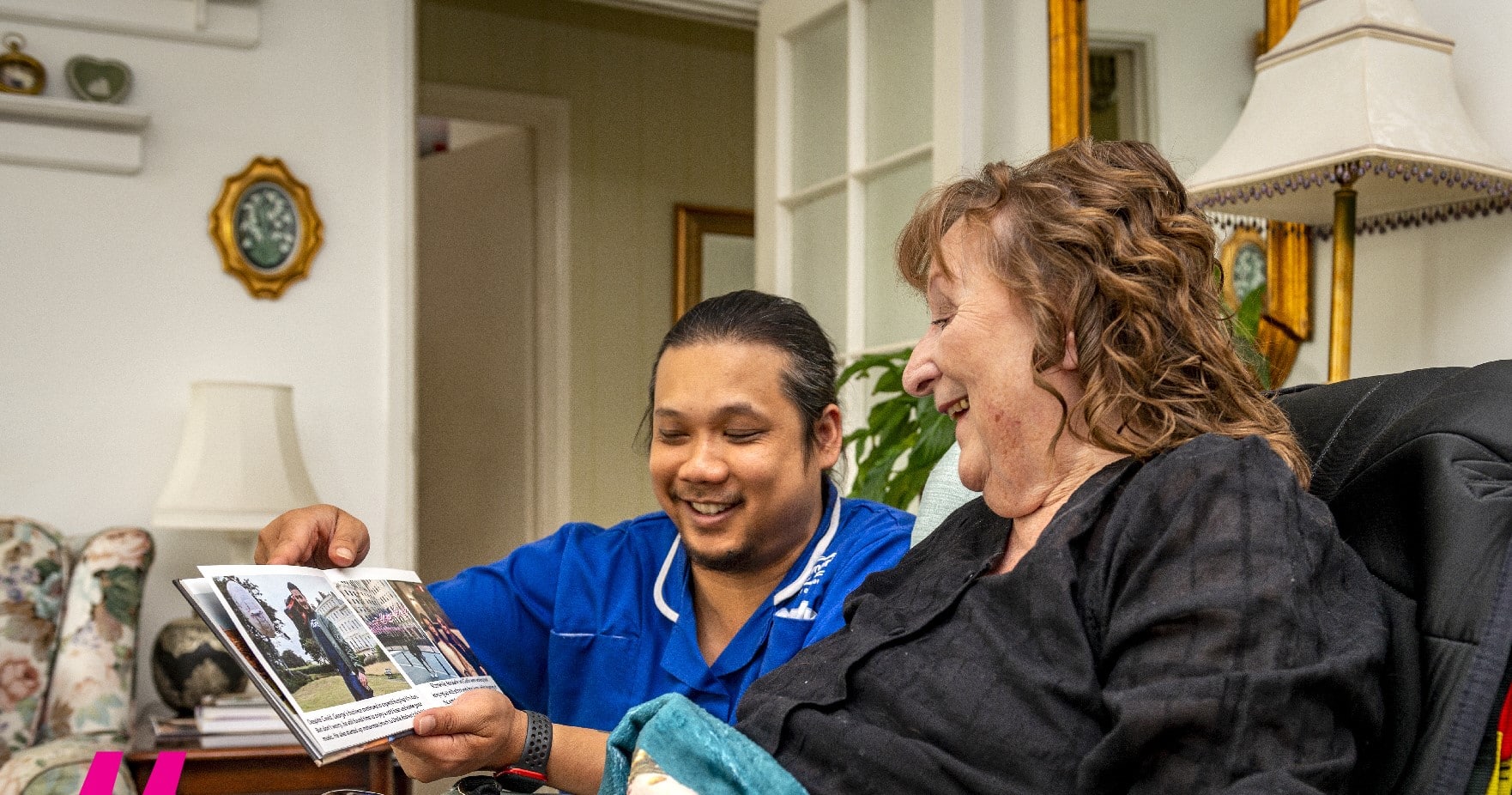When Might Short-Term Home Care Be Needed?

The discussion surrounding care for loved ones often involves long-term solutions to meet long-term care needs, but whilst this is an important aspect of home care, it is not the only one.
Whilst a lot of carers are assigned after a needs assessment to help ensure that a person can receive the assistance to enjoy their lives and handle everyday tasks in the future, in other cases the care needs are far more acute.
One example of this is home respite care. Whilst respite is often believed to involve a trip to a care home or a day centre, in some cases, it can involve a carer coming in and helping meet a person’s needs whilst the primary carer takes time to look after themselves.
However, respite is not the only reason for short-term care, and it is a common part of aftercare for people recovering from serious injuries or illnesses that have resulted in hospitalisation.
Whilst not always the case, hospital staff may find that during the discharge process, someone who might not otherwise require long-term home care would seriously benefit from temporary care in order to retain their independence whilst they recover.
What this will involve may vary, but could involve assistance with everyday tasks, or could involve taking care of your home whilst you recover to avoid the chance of reinjury.
The goal of short-term home care is to ensure a person regains their independence and avoids returning to the hospital during the first, tentative stages of recovery, and whilst it can lead to a transition to a long-term care plan, does not always need to.
It can also help people regain their confidence, help people to adjust their routine around their injury and ensure they can live happily and safely in their own homes independently for years to come.